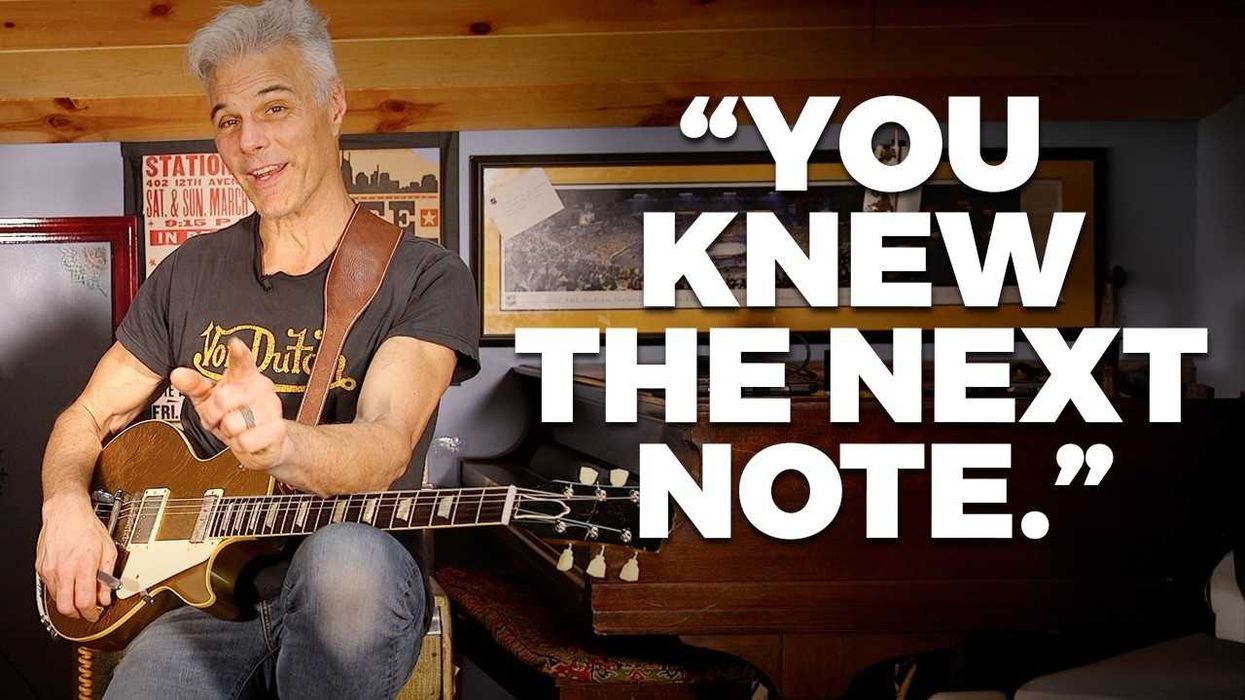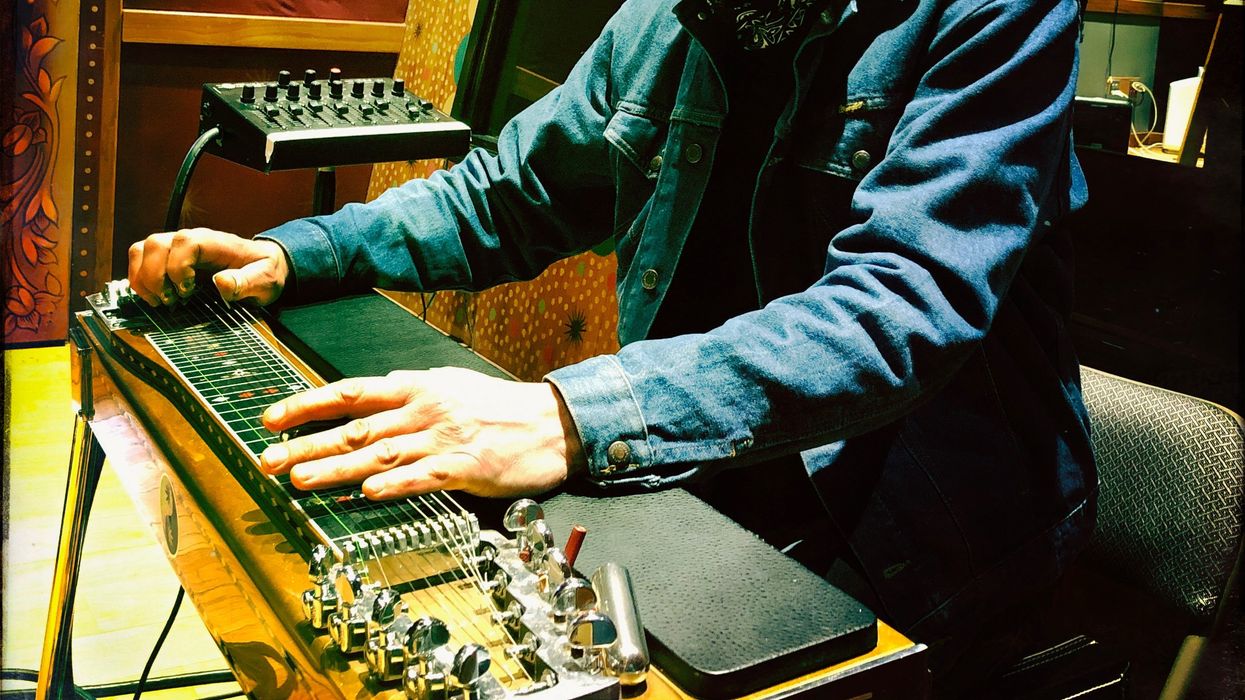I should be used to it by now, I guess, but I’m still mystified whenever I see social posts, self-help books, etc. that deign to be your guru on stuff like “decluttering.” Stuff that shouldn’t be that hard to figure out on your own without enduring soullessly staged glam shots and self-obsessed social-media spewings—or paying way too much for some patronizing, ghost-written POS book by someone with no profound insights or real expertise other than sociopathic dedication to elbowing their way into public consciousness for 15 seconds of notoriety. I’m not against the idea of sharing helpful tips. I’m just not going to ask you to pay anything or follow me as I pretend to live a perfect life.
So—decluttering as a guitarist. What exactly does this mean? It depends what sort of player you are, what sort of rig you play, and what your playing circumstances are. It also has both physical and meta aspects. The most obvious is to simplify and streamline your rig: Figure out which gear is indispensible to each gigging/performing situation, and then weed out what isn’t crucial—or acquire something that kills the proverbial two birds with one stone. This saves load-in time, hassle, muscle aches, and stage and vehicle space, and usually yields a clearer head on the gig, too.
As bandleader of a guitar-and-drums duo where I handle baritone guitar, vocal, and keyboard duties, I started out running both my guitars and keyboard through a bass amp and two complementarily toned guitar amps. Fortunately, I later found a single guitar amp that yielded the tones I want, so now it’s just a bass amp and a guitar amp. I’ve also consciously limited my board to medium size so I don’t have so many pedals to stomp on amidst all my other responsibilities. With all the cool stuff out there to choose from, it can be tough to rein in the tone-nerd tendencies, though. It’s all too tempting to think, “Shit, I guess it’s time for a bigger board.”
Interestingly, some of the gear I thought would help me better function in all my band capacities actually did the opposite. Case in point: To fill up sonic space in my duo, I use a fair amount of reverb and delay, and up until just a couple of months ago I viewed the expression-pedal capabilities of my MXR Reverb as a must-have for carefully tailoring how much “epic”-mode reverb is dialed in for every part of a song. Problem was, I was constantly tweaking it. I also love that my trusty Ibanez Echo Shifter lets me quickly tap in killer analog delay that matches a song’s tempo. But the more I’ve gigged and recorded within the confines of this band dynamic, the more I’ve realized these gear capabilities weren’t just unnecessarily wasting mental bandwidth that should be going toward playing and performing better, but were also causing extra stress and anxiety that made me feel and sound worse. I’ve since stopped using expression control with the MXR, and have instead dialed in a reverb level that works for all uses (what a concept, huh?). I also invested time in discovering a single echo setting that works for 90 percent of our songs. (News flash: Unless you’re the Edge, your echoes don’t need to tempo-sync—dial your feedback and mix settings right, and an off-kilter echo simply adds to the song’s atmosphere.) Meanwhile, it’s a cinch to flick the Echo Shifter’s self-oscillation switch for special occasions where I need the spacey sounds I used to get from the MXR.
When it comes to decluttering for pedalboard space considerations, I’ve found available real estate can often be optimized with various forms of stacking—from Tetris-like orientations to out-of-sight/out-of-mind attachments to very unstimulating but eminently practical box-on-box action. Examples from my board: To simultaneously use guitar and keyboard through the same pedals and amps, I have a small mixer/buffer box with dual inputs optimized for each instrument and a single output that feeds a mini tuner pedal Velcro’d to the top of the buffer. Meanwhile, sideways pedals fill in board gaps and enable me to hit two footswitches in a single stomp. And if you’ve got set-it-and-forget-it gear (like the A/B/Y box I use to send signals to multiple amps), have you considered using zip ties to mount it under your board? You may well save enough square footage for another tone toy!


















